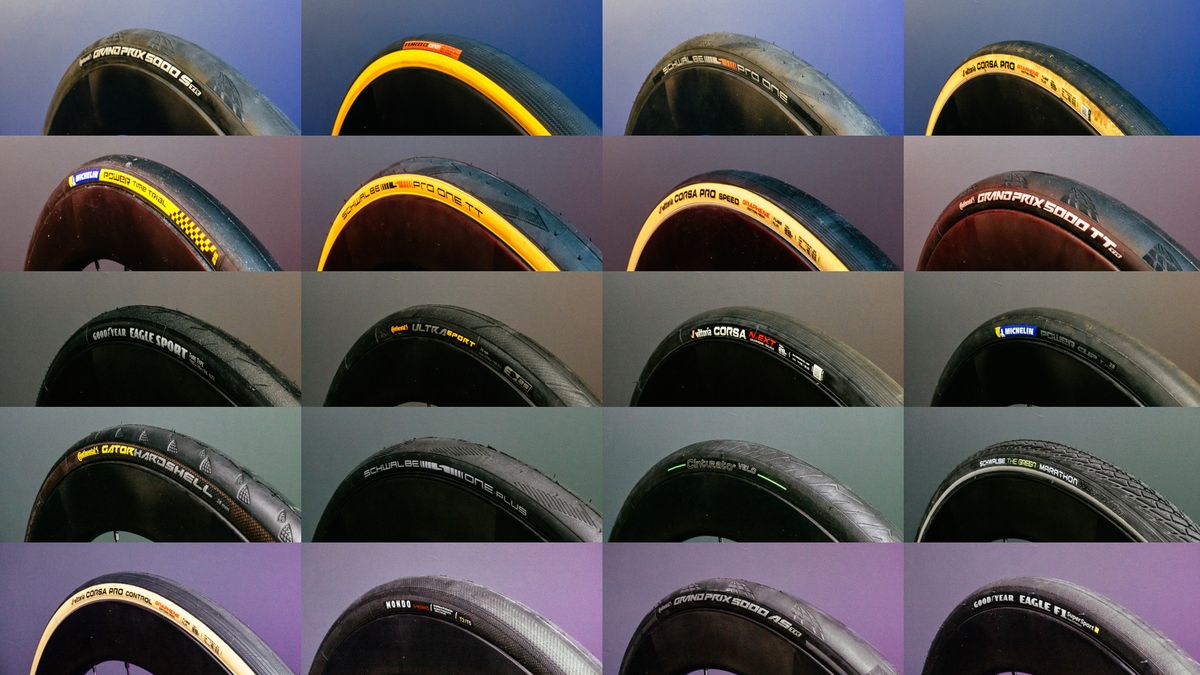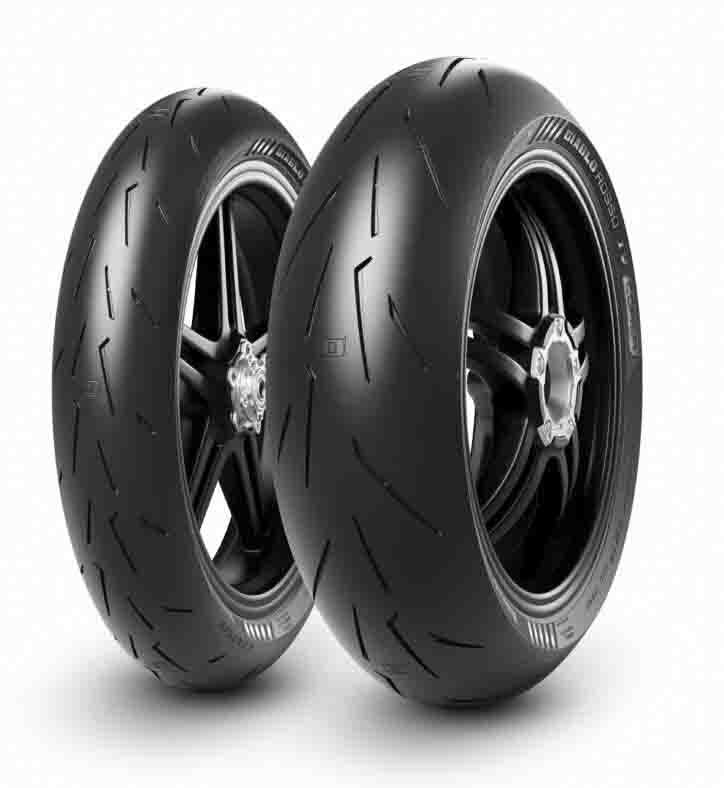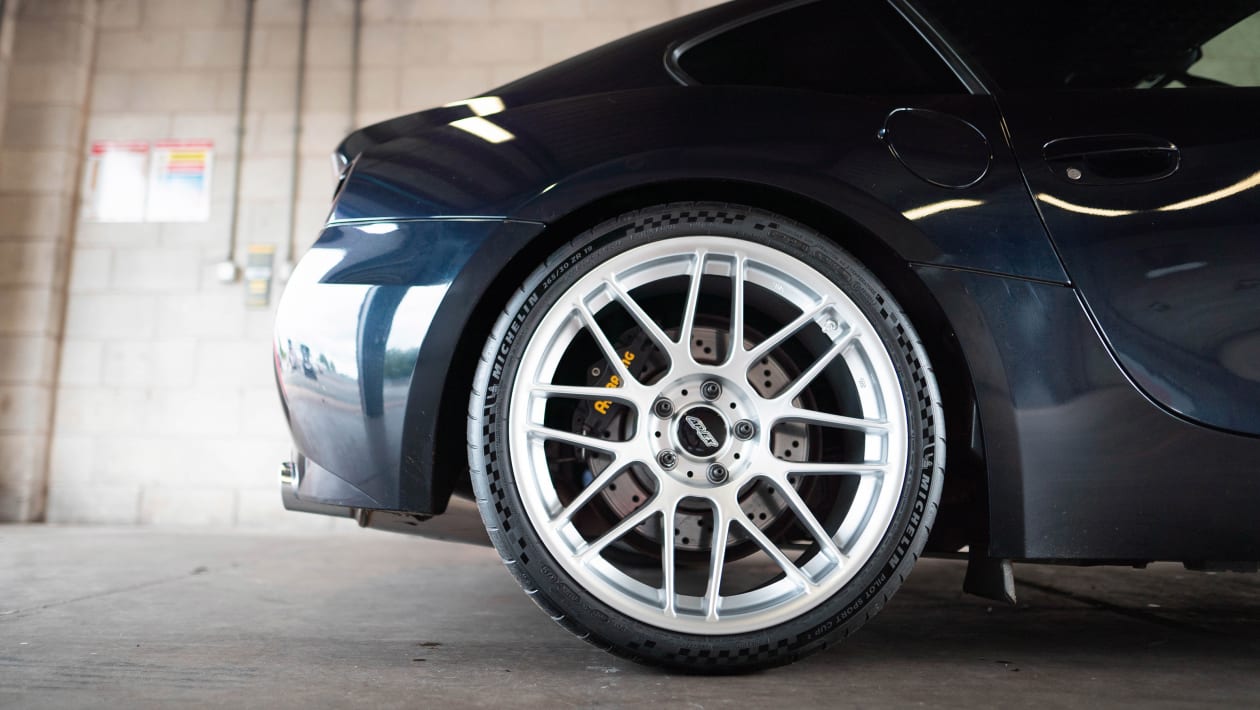All Categories
Featured
Table of Contents
I was able to obtain 100 hours out of one of these tires, and while it had definitely no tire lugs left on it, the soft compound made it function really wellas long as I was using a soft mousse. Kitt Stringer picture Easy mounting - 3Wear - 3Sidewall strength - 3Performance on origins - 4Performance on wet rocks - 2Traction on dust - 5Cornering capability - 4Traction while braking - 4Self-clearing of dirt and mud - 3Performance in mud - 3Overall predictability or monitoring - 3 _ 37 Final thought: This is an excellent well-rounded tire with great worth for money.

The wear corresponded and I such as for how long it lasted and just how constant the feel was throughout use. This would certainly additionally be a great tire for faster races as the lug size and spacing little bit in well on quick surface. Kitt Stringer picture Easy installing - 3Wear - 3Sidewall toughness - 3Performance on roots - 4Performance on wet rocks - 4Traction on dust - 4Cornering capacity - 4Traction while stopping - 5Self-clearing of dirt and mud - 4Performance in mud - 4Overall predictability or tracking - 4_42 Final thought: I liked this tire a lot.
If I needed to acquire a tire for hard enduro, this would certainly be in my leading choice. Easy placing - 3Wear - 3Sidewall stamina - 3Performance on origins - 4Performance on wet rocks - 3Traction on dirt - 4Cornering capacity - 3Traction while braking - 3Self-clearing of dirt and mud - 4Performance in mud - 4Overall predictability or tracking - 3 _ 34 Verdict: This tire was really soft and pliable.
All the gummy tires I evaluated performed relatively close for the initial 10 hours or so, with the winners mosting likely to the softer tires that had far better traction on rocks (Tyre safety checks). Buying a gummy tire will certainly give you a solid advantage over a routine soft compound tire, however you do spend for that advantage with quicker wear
Leading Tyre Performance
This is an excellent tire for springtime and loss conditions where the dust is soft with some moisture still in it. These proven race tires are terrific all around, yet wear promptly.
My overall winner for a difficult enduro tire. If I needed to spend money on a tire for everyday training and riding, I would choose this one.
Affordable Tyre Rotation Services Near Me (Beechboro WA)
I have actually been running a collection of Michelin Power Pilot 2CT's on my track Daytona 675 for the past year. Because time I have done 15 track days in all weathers from cool damp to super warm and these tyres have never ever missed a beat. Tyre offers. I have actually done almost 2,000 miles (3,200 km) on them and as you can see from this shot of the front taken after first session of my 15th track day on them, they still have quite a whole lot of rubber left on them
Simply put the 2CT is an amazing track day tyre. If you're the kind of cyclist that is likely to come across both damp and completely dry conditions and is beginning on track days as I was in 2014, then I believe you'll be hard pressed to find a better worth for cash and proficient tyre than the 2CT; a pair of which will certainly set you back around 185 (US$ 300) in the UK.
Generating a far better all rounded road/track tire than the 2CT should have been a hard job for Michelin. The result of that initiative is the Michelin Pilot Power 3 which basically changes the Pure. Don't confuse this brand-new tyre with the road going Pilot Roadway 3 which is not designed for track use (although some riders do).
They influence huge confidence and provide impressive hold degrees in either the wet or the dry. When the Pilot Power 3 released, Michelin advised it as a 50:50% roadway: track tire. That message has recently altered due to the fact that the tires are now recommended as 85:15% roadway: track usage instead. All the rider reports that I've read for the tyre price it as a far better tyre than the 2CT in all areas but particularly in the wet.
Trusted Car Tyres (Beechboro WA)
Technically there are several distinctions between both tyres also though both use a twin substance. Aesthetically you can see that the 2CT has fewer grooves cut into the tyre however that the grooves go to the edge of the tire. The Pilot Power 3 has more grooves for better water dispersal but these grooves do not reach the shoulder of the tire.
One facet of the Pilot Power 3 which is different to the 2CT is the new 2CT+ innovation which prolongs the harder center area under the softer shoulders (on the back tyre). This ought to offer a lot more stability and reduce any "squirm" when speeding up out of edges in spite of the lighter weight and even more flexible nature of this new tire.

Although I was a little suspicious regarding these lower pressures, it turned out that they were fine and the tires performed truly well on the right track, and the rubber looked far better for it at the end of the day. Just as a factor of referral, various other (rapid team) cyclists running Metzeler Racetecs were making use of tyre stress around 22-24 psi for the rear and 24-27 psi on the front.
Coming up with a much better all round road/track tyre than the 2CT have to have been a tough job for Michelin. The outcome of that initiative is the Michelin Pilot Power 3 which essentially changes the Pure. Don't puzzle this brand-new tyre with the roadway going Pilot Road 3 which is not created for track usage (although some cyclists do).
Affordable Tyre Care
When the Pilot Power 3 released, Michelin suggested it as a 50:50% roadway: track tyre. All the biker reports that I've checked out for the tire price it as a far better tire than the 2CT in all locations yet especially in the damp.

Technically there are numerous differences between the two tires although both use a twin substance. Visually you can see that the 2CT has less grooves reduced into the tire yet that the grooves run to the edge of the tyre. The Pilot Power 3 has more grooves for much better water dispersal but these grooves do not get to the shoulder of the tyre.
One aspect of the Pilot Power 3 which is various to the 2CT is the brand-new 2CT+ innovation which expands the harder center area under the softer shoulders (on the rear tyre). This must offer extra stability and lower any "wriggle" when speeding up out of corners despite the lighter weight and even more adaptable nature of this new tire.
Although I was a little suspicious regarding these reduced pressures, it transformed out that they were great and the tyres done truly well on track, and the rubber looked far better for it at the end of the day. Equally as a factor of referral, other (quick team) riders running Metzeler Racetecs were making use of tyre stress around 22-24 psi for the rear and 24-27 psi on the front
Latest Posts
Tyre Safety Near Me ( Swan 6063 WA)
Best Premium Tyre Selection – Swan 6090 WA
High-performance Tyres – Eden Hill WA